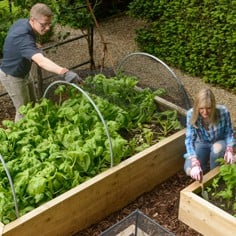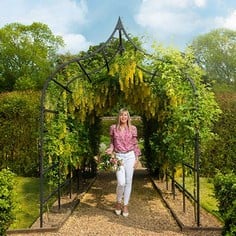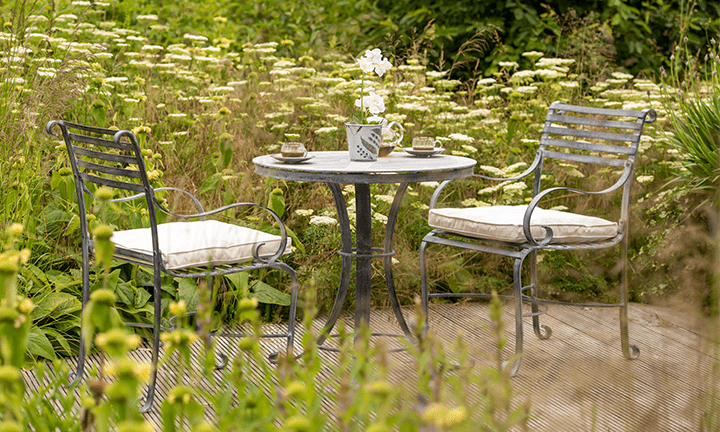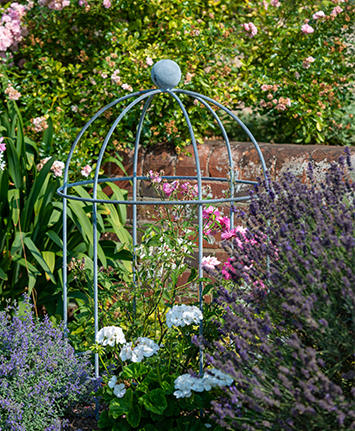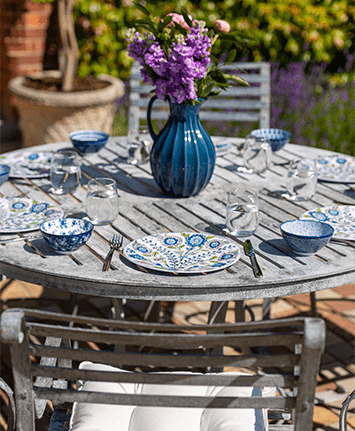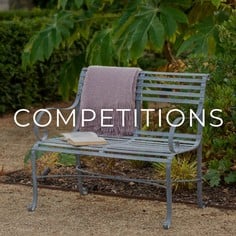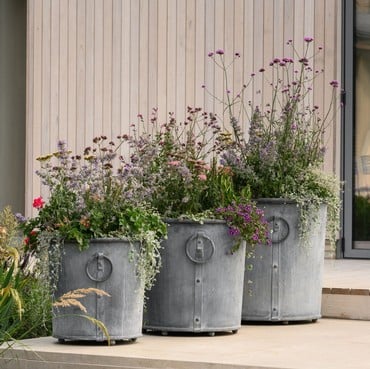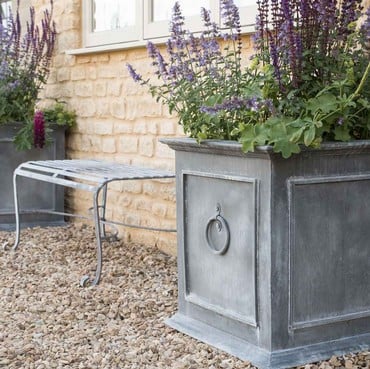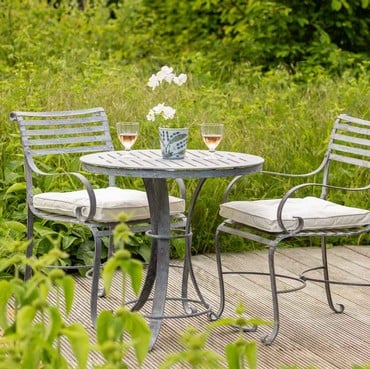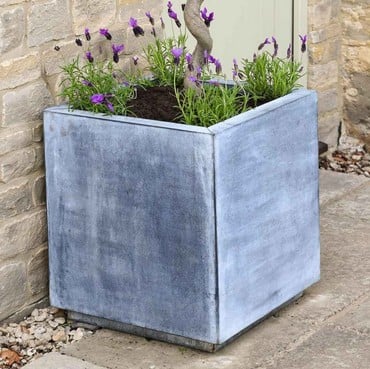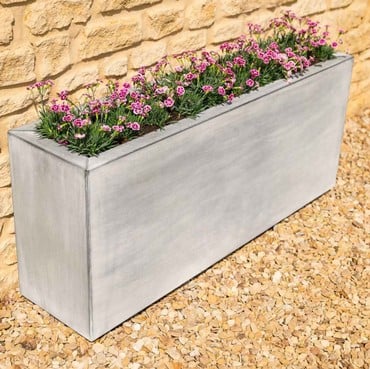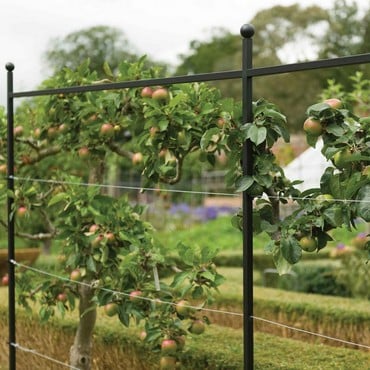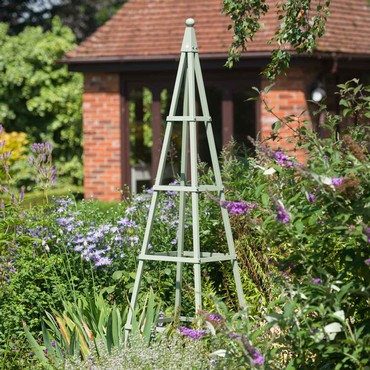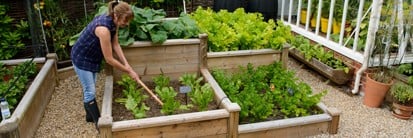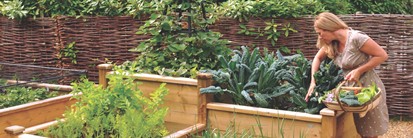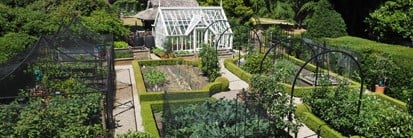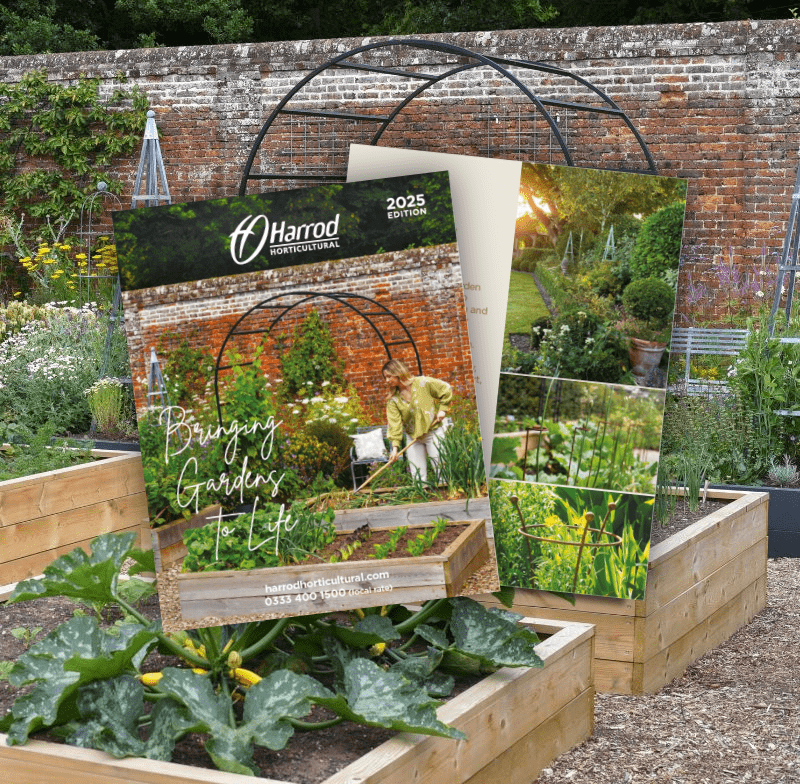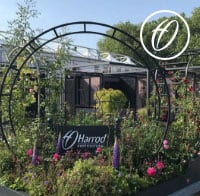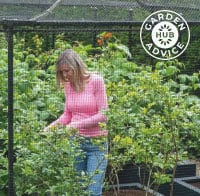Designing with Planters: Terry Winters’ Southwold Favourites
From Ordnance House in Wiltshire, Terry Winters shows how Southwold Planters bring instant architecture to any garden. See how Round and Classic designs create focal points, mark thresholds and elevate planting - proving the right planter is a timeless investment.
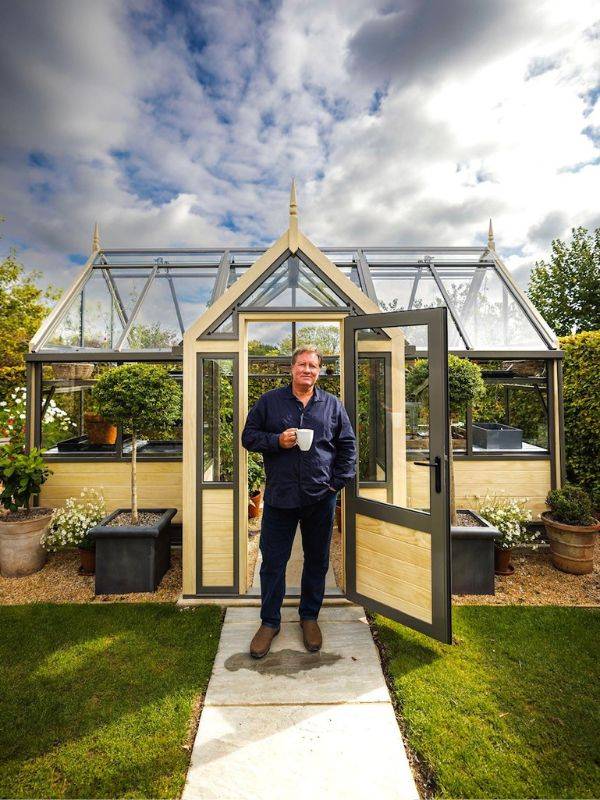
Why planters matter in every garden
Ask Terry Winters what takes a garden from good to unforgettable and he’ll mention planters - without hesitation. “Containers of all kinds and all sizes are important accessories to all gardens no matter how large or small they are,” he says. In his celebrated garden at Ordnance House, Southwold garden planters are more than vessels for plants: they’re design tools that organise space, shape movement and draw the eye.
“I have used both the Round and Classic Southwold planters as important features and focal points in the garden… They define entry and exit points as you move around the garden while also being punctuation marks of many views.” - Terry Winters
Whether you’re working with a courtyard, a townhouse terrace or sweeping borders, the right planter can introduce structure, add height, soften hard landscaping and provide year-round interest.
The Southwold Round Planters: form, patina, presence
Terry chose the Southwold Round Planters for three reasons: style, patination, and size options. Available in 50cm, 60cm and 70cm diameters, they offer a graduated family that feels deliberate rather than mismatched.
“I was particularly drawn to the Southwold Round Planters due to their style, patination and that they come in three sizes… I specifically wanted a planter for each of my standard trees.”
In a sun-baked, south-facing garden like Terry’s, scale matters. The larger 70cm metal planter anchors a statuesque Portuguese laurel, while the mid and smaller sizes carry a Viburnum tinus ‘Eve Price’ and - perfectly suited to the hot, chalky aspect - an olive. The balanced proportions of the round planters keep the look cohesive across different planting choices.
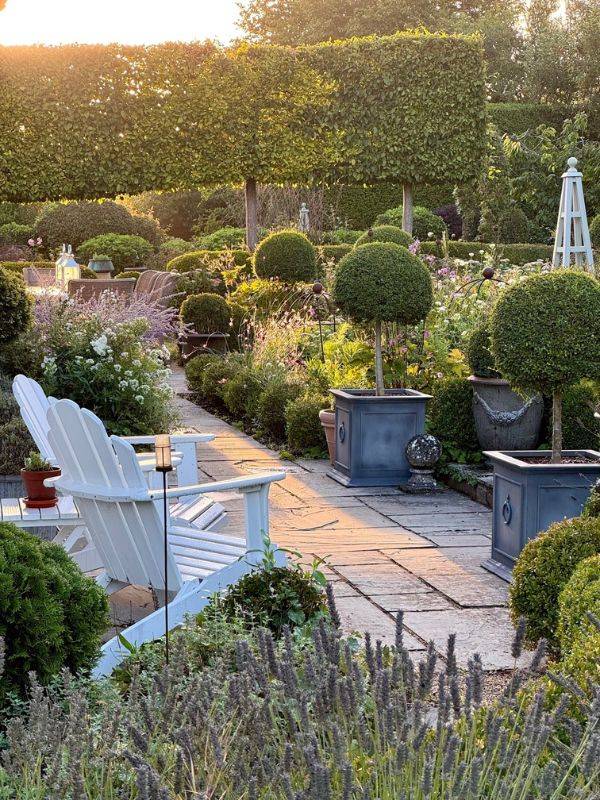
Design moves to steal
- Gateways & pauses: place Classic Planters in pairs to mark entry and exit points.
- Vista punctuation: drop a single planter at the end of a sightline for a satisfying full stop.
- Height layering: mix Classic and Round profiles to alternate silhouettes without visual clutter.
Planting choices that sing in planters
Terry’s planting brief for planters is refreshingly simple: clarity of intent. Standards and topiary read cleanly against textured borders; seasonal bedding can add a flourish where you want a moment of colour.
“One of the joys of gardening is the opportunity to be creative… whether to plant a standard tree, a piece of topiary or a display of bedding, you should indulge the artist in you.”
Terry’s go-to planter plantings
- Standards: Portuguese laurel, Viburnum tinus ‘Eve Price’, olive - evergreen structure with distinct silhouettes.
- Topiary: box alternatives (e.g. Ilex crenata or Lonicera nitida) shaped into cones or domes for crisp winter bones.
- Seasonal bedding: underplant standards with violas, heuchera or thyme for a soft skirt that changes through the year.
Southwold planters in daily use
It’s easy to treat a planter as a finishing touch; Terry treats them as working elements. Positioned at turning points and path junctions, his Southwold Round and Classic Planters guide visitors subtly through the garden. They’re as much about navigation as decoration, helping the garden read clearly from every angle - especially important in a site designed as a series of “interconnected scenes.”
Day-to-day advantages
Flexible structure: move a planter to rebalance a view or trial a new look before committing in-ground.
Microclimates: tailor drainage and soil mix for drought-tolerant or lime-loving plants.
Instant impact: establish maturity at entrances and terrace edges without waiting for in-ground planting to fill.
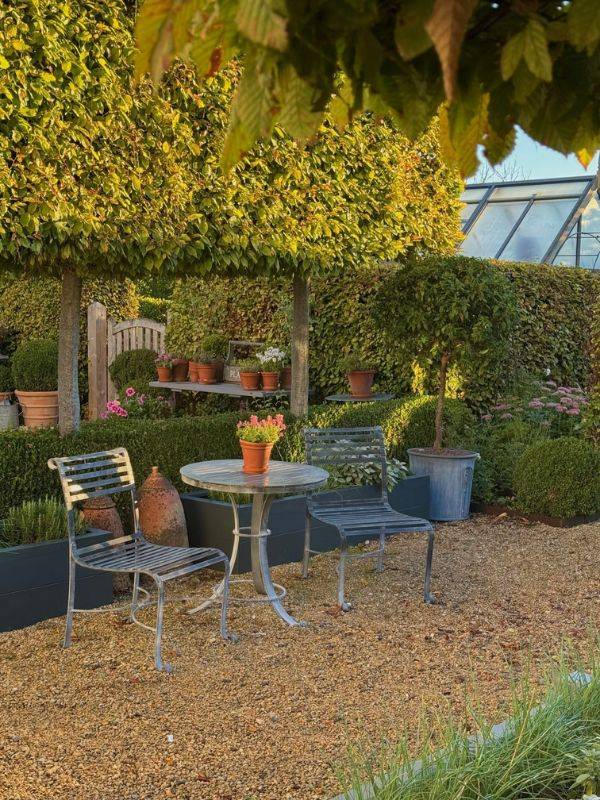
Terry’s tips for choosing and using planters
1) Think investment, not impulse
“See such planters as an investment that will provide return for many, many years to come.” Quality, heavy-gauge metal planters won’t date and will ride out the seasons gracefully.
2) Match size to the plant’s future, not its present
Allow for root room and visual proportion. A 60–70cm round planter often suits standards and small multi-stems; 50cm works for compact shrubs and layered seasonal displays.
3) Place with purpose
Use pairs to frame; use singles to punctuate. Align planters with doors, gates and window sightlines so they earn their keep from inside and out.
4) Layer for longevity
Combine evergreen structure (standard or topiary) with underplanting for seasonal lift. Refresh the skirt through the year while the backbone stays put.
5) Consider patina and palette
The Southwold finish harmonises with brick, gravel and planting. Let the planter be the quiet constant; the plants can provide the theatre.
A big thanks to Terry for sharing his thoughts and inspiration with us - keep up to date with all the developments in Terry's stunning garden:
 @terrywinters9141
@terrywinters9141
Visit https://www.ordnancehouse.co.uk/






